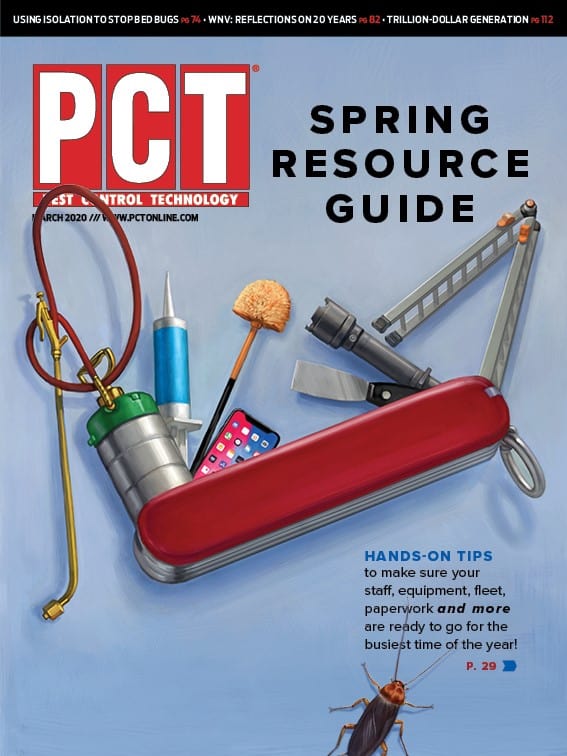
Rats have learned how to jump through hoops, solve mazes, and even play hide and seek. Now they can drive cars. Researchers at the University of Richmond (Va.) taught rats to drive a tiny car made of a plastic food container as part of a study on mental health.
Professor of Behavioral Neuroscience Kelly Lambert and colleagues just published this research in the Behavioural Brain Research journal article “Enriched Environment Exposure Accelerates Rodent Driving Skills.”
This research explores how performing complex tasks, like driving, may further inform the science community about treatment for mental health conditions such as anxiety and depression.

“We already knew that rodents could recognize objects, press bars and find their way around mazes, but we wondered if rats could learn the more complex task of operating a moving vehicle,” Lambert said.
The research team built a tiny car for the rats out of a clear plastic food container on wheels, with an aluminum floor and three copper bars functioning as a steering wheel. A total of 17 rats were trained to drive in rectangular arenas. Rats that passed driver’s education were rewarded with Froot Loops.
“They learned to navigate the car in unique ways and engaged in steering patterns they had never used to eventually arrive at the reward,” says Lambert. Results from this study included:

- Rats’ brains are more flexible than previously thought. This finding could be used to understand how learning new skills may build a sense of control over the animal’s environment that may ultimately reduce stress.
- In the published study, rats that participated in the driving training had healthier stress hormone profiles than they had prior to their training. The researchers assessed hormones by measuring levels of two hormones: corticosterone, a marker of stress, and dehydroepiandrosterone (DHEA), which counteracts stress. The ratio of DHEA to corticosterone in the rats’ poop increased over the course of their driving training.
- Rats housed in a complex, enriched environment (i.e., environment with interesting objects to interact with) learned the driving task, but rats housed in standard laboratory cages had problems learning the task (i.e., they failed their driving test). “That means the complex living environment led to more behavioral flexibility and neuroplasticity,” Lambert said. “This reminds us that our brains are constantly changing in response to our environments — and that we’re accountable for maintaining our brains moment to moment.” Source: University of Richmond.

Explore the March 2020 Issue
Check out more from this issue and find your next story to read.
Latest from Pest Control Technology
- SiteOne Hosts 2024 Women in Green Industry Conference
- Veseris Celebrates Grand Reopening of the Miami ProCenter
- Rollins' 2024 Second Quarters Revenues up 8.7 Percent YOY
- Fleetio Go Fleet Maintenance App Now Available in Spanish
- German Cockroach Control Mythbusting
- Total Pest Control Acquires Target Pest Control
- NPMA Workforce Development Shares Hiring Updates
- Certus Acquires Jarrod's Pest Control





